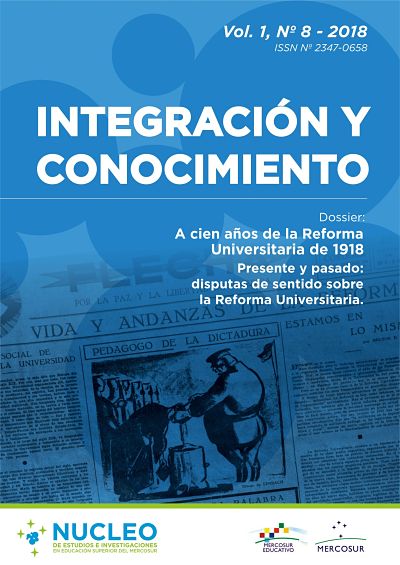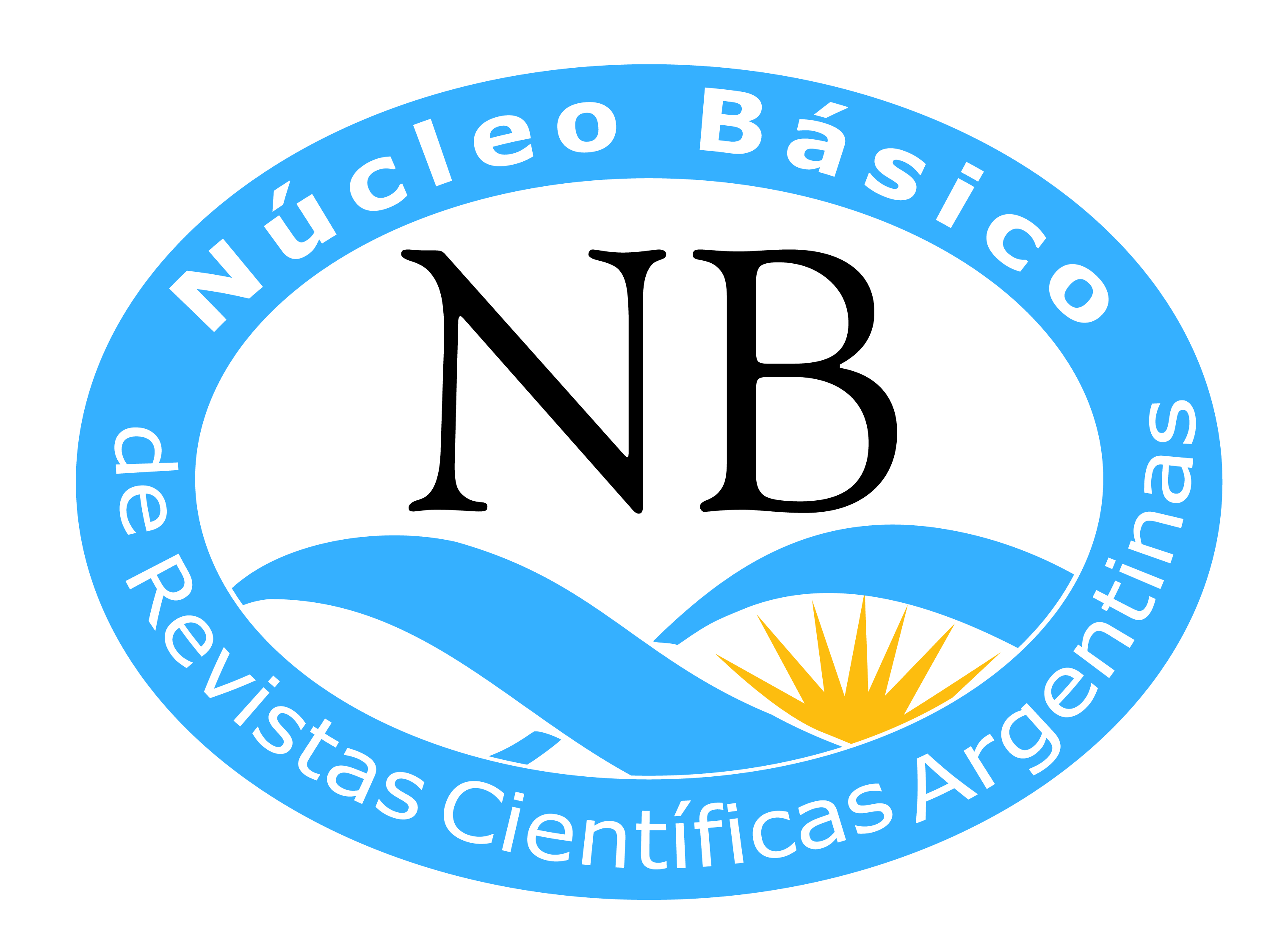Dias, M. A. (2016) Enseñanza Superior como bien público. Perspectivas para el centenario de la Declaración de Córdoba. Montevideo: AUGM.
DOI:
https://doi.org/10.61203/2347-0658.v7.n1.20114Abstract
Para se compreender o contexto e o alcance do livro de Marco Antonio Rodrigues Dias sobre a educação superior como bem público, creio ser necessário, ainda que de forma lacônica, tecer algumas considerações sobre a atuação da Unesco ao tempo de seu Diretor-Geral, o cientista, político, humanista e educador Federico Mayor Zaragoza, que dirigiu essa Organização das Nações Unidas de 1987 a 1999. Foi no período de gestão de Mayor que a Unesco mais se aproximou de seus ideais e de seus pressupostos fundadores. O preâmbulo da Constituição da Unesco, em 1945, apontava a ignorância como a real fonte de todos os infortúnios, materiais e mentais (UNESCO, 2015, p. 20-21). Mayor tinha consciência de que era necessário perseguir esse caminho. E foi também o tempo em que Marco Antonio Rodrigues Dias haveria de se tornar referência no âmbito das lutas por uma universidade comprometida com a história e a cultura.
Downloads
References
Brovetto, J. (1998) El futuro de la educación superior en una sociedade en transformación. AUGM, UNESCO y UFPR (Edit.) A Unesco e o futuro do ensino superior. Curitiba: UFPR.
Rodrigues Dias, M. A. (2017) Enseñanza superior como bien público: perspectivas para el centenário de la Declaración de Córdoba. Montevideo: AUGM.
UNESCO. (2015) De ideias e ações: 70 anos da Unesco. Paris/SãoPaulo: Unesco.
Downloads
Published
Issue
Section
License
Authors who have publications with this journal accept the following terms:
a. Authors shall retain their copyright and guarantee the journal the right of first publication of their work, which shall simultaneously be subject to the Creative Commons License of Recognition which allows third parties to share the work as long as its author is indicated and its first publication is this journal.
b. Authors may adopt other non-exclusive licensing agreements for the distribution of the published version of the work (e.g., depositing it in an institutional telematic archive or publishing it in a monographic volume) provided that the initial publication in this journal is indicated.
c. Authors are allowed and encouraged to disseminate their work via the Internet (e.g. in institutional telematic archives or on their website) after publication of the article, which may lead to interesting exchanges and increased citations of the published work. (See The Effect of Open Access).



